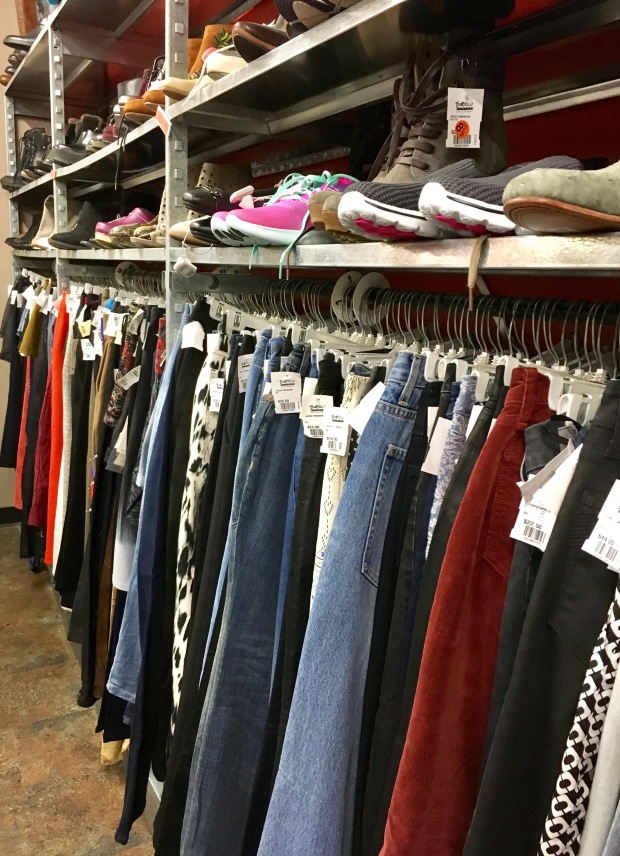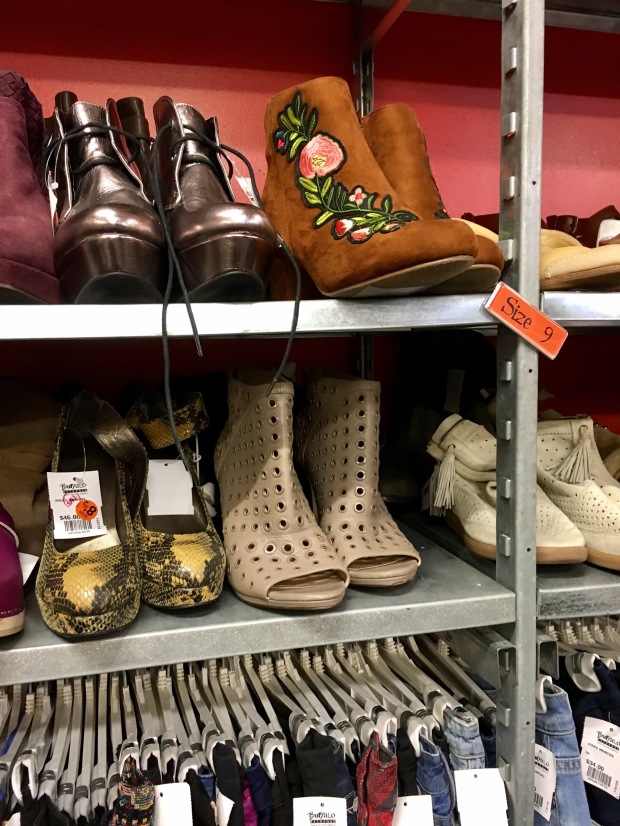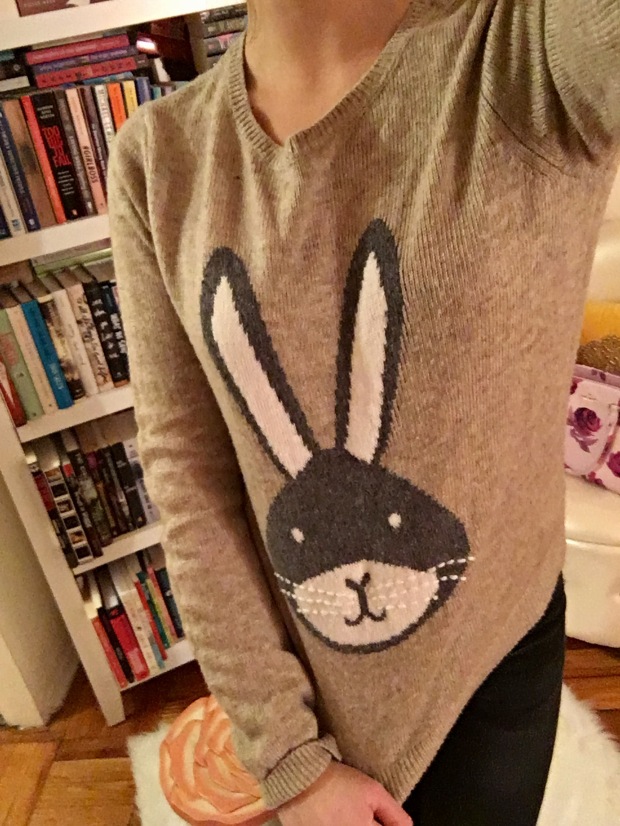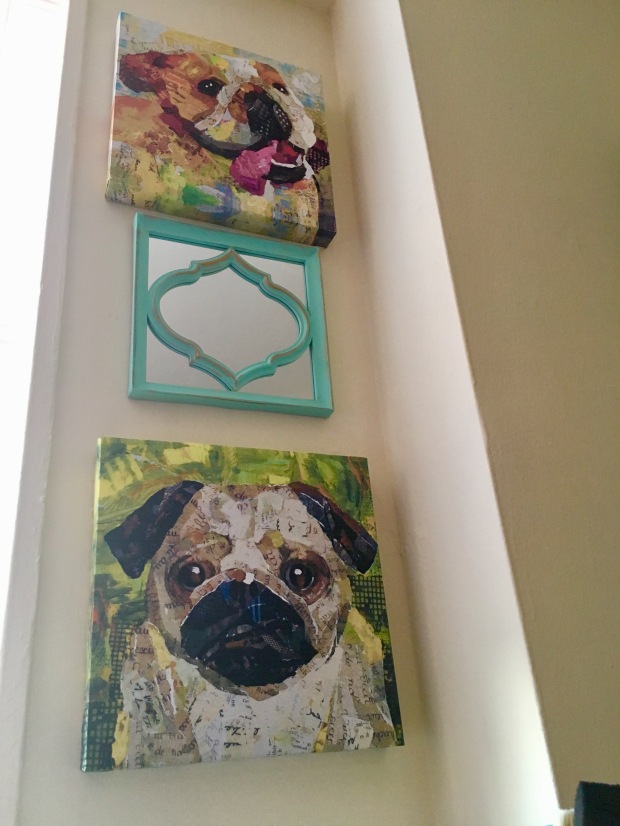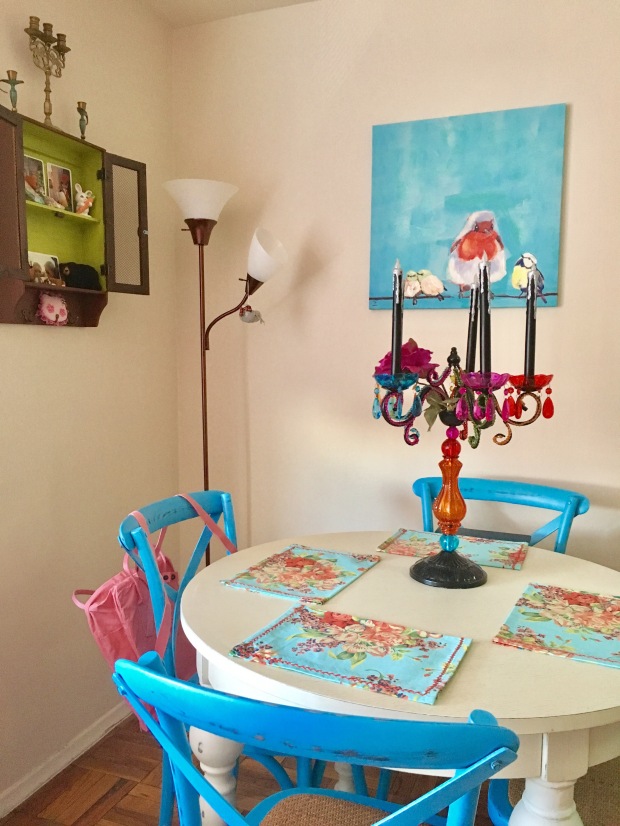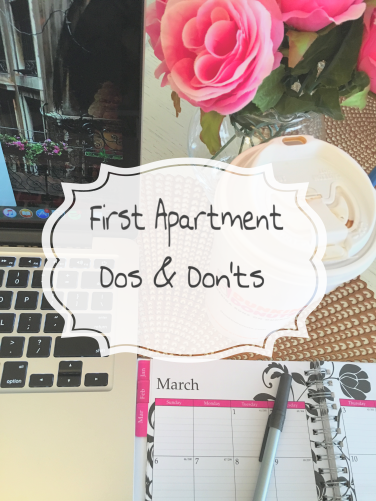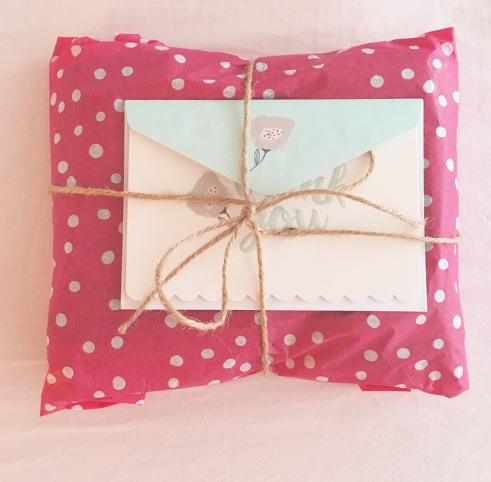
A few months ago, I celebrated my one year anniversary since I started decluttering my closet and selling my clothing on Poshmark. It was an introvert’s dream of a party filled with solitude, tissue paper, mailing labels, tea, and the “share listing” button.
I’ll never forget the first sale I made on Poshmark. It was late March and I warily listed a turquoise and pink floral print phone case for $7. “This might not sell, but at least I’ll make an effort” I thought. Within an hour of sharing it to the 10pm EST party – CA-CHING! – someone purchased it. I stared at the notification with the dollar symbol and the “Congratulations! ___ just sold to…” message on my phone and jumped up and down in my living room from excitement. I had so much stuff I could barely close my closet doors; the clothing rod looked more like a “U” than a straight line from the weight of it all.
Poshmark has become the perfect place to clear out all the shirts, dresses, shoes, and handbags that I’ve gathered over the years, which have been taking up more space than I have to offer. Now on the platform for a little over a year, I’ve learned a few things along the way that may help you have a positive selling experience. I hope you find these tips useful, and if you’ve had success with selling on Poshmark by implementing other methods, please leave them in the comments!
13 Tips For Being a Successful Seller on Poshmark
1.Share, share, share – both your listings and other people’s listings. This will increase your closet’s exposure and increase the likelihood that other people will share your listings to their followers as well. I find it particularly useful to share the the items that have been most recently shared within parties, since the sellers are online and actively sharing listings.
2. Participate in parties! I can’t emphasize this point enough. Share your listings to every party that you can – particularly the 10pm EST (7pm PT) parties, since they see the most traffic and are open to all listing categories. I sold that cell phone case within an hour of sharing it to my first 10pm EST party.
3. Reach out to party hosts and ask if they would look at your closet for a host pick. Think of the host picks section like the items behind the glass case in a store. The main area sees millions of listings each night, but the host pick area is much smaller. If your item is selected as a host pick, more eyes are likely to see it (and hopefully buy it!).
4. Offer bundle discounts. This will make the cost of shipping more reasonable since the buyer will be purchasing several items for the same shipping price of one item – plus you’ll be clearing out your closet and watching that redeemable balance go up!
5. If your prices are flexible, let people know that you’re open to offers by including that in the item description, or as a separate “not for sale” banner listing. If people try to negotiate in the comments, I recommend asking them to make an offer that way others can’t see how low you’re willing to go on an item – especially if they don’t end up purchasing it after the discussion.
6. Give style tips in the item’s description box. Sometimes people see an item in your closet that they love, but they aren’t sure how to wear it, so they hold off an making an offer or purching it. Offer a few outfit ideas and pairing suggestions to give buyers hints for how it can be worn. I had success with this when several buyers commented that they loved an item I had in my closet, but they weren’t sure if it matched with anything they had. With a few color and style suggestions, it resulted in a sale.
7. Take well-lit pictures and use the brightening tool in a photo editing app (but don’t overdo it – keep it true to how it looks in real life). Get creative with your backdrop and layout, while still showing the item so it photographs exactly how it looks in person. Ask yourself, if you were the buyer and you saw this listing, would you be tempted to buy it? In looking at my items that have sold, most of them are against a plain white wall or white shag rug, since they allow the item to stand out on its own. Occasionally I will include complementary accessories or props to make the cover photo pop even more.
8. List a bunch of items for sale. Poshmark recommends a minimum of ten, I believe, but the more you list the merrier. It makes your closet look legitimate and increases the likelihood that someone will see something of yours that they like and want to buy.
9. Be nice and respectful to people. This should go without saying, but you are the voice of your closet. Whether you’re like me and you’re using Poshmark as a way to declutter your closet, or you’d like to turn your closet into a wholesale boutique, it’s so important to treat people with courtesy and respect. Answer questions, respond as soon as you can, and provide accurate information. Remember that people are at the heart of all business.
10. Be honest about the condition of the clothing you’re selling. Check everything over for rips, stains, and other damages and show clear pictures and written details in the listing description. Better to be up front so the buyer knows exactly what they’re getting than to have the buyer receive it damaged and return it.
11. Use accurate and descriptive keywords to describe your items so they show up in searches. For example, if you have a flowy top with flowers for sale, you might want to use the words boho, floral, and festival in your description since people are likely to use those words when they’re searching for clothing. Ask yourself – what style terms and descriptive words are popular right now? How does this item fit into what people are searching for?
12. Make sure your closet is compliant. Poshmark has a list of items they allow and don’t allow, which you can find in the FAQ section of their website. They currently allow clothing and accessories for men, women, and children. If you have non-compliant listings (such as liquids, household items, books, and electronics, to name a few) Poshmark may remove the listings or suspend the account. Similarly, party hosts are advised to only select host picks from compliant closets, and you will need to show that your closet is compliant in order to be a suggested user (which gains you a lot of exposure on the website). I’d recommend sticking within Poshmark’s guidelines to have the best possible experience on the site, and listing all other items on websites such as Craigslist, Depop, or eBay, to name a few.
13. Apply to Poshmark’s Suggested User program! If you’ve been part of the community for at least three months, have had at least three successful transactions, have at least 25 items for sale, are social (sharing!), and have clear and creative cover shots, you may want to contact Poshmark and ask to be considered for their Suggested Users program. It may take them a few months to review your closet for consideration, but if they accept you, it’s very exciting to receive the e-mail that says “Congrats! You’re a Poshmark Suggested User!” From there, you can create a banner for your closet that states that you’re a suggested user, which may instill more confidence in buyers who are shopping your closet, and will also help your closet gain exposure amongst Poshmark users.
Did you find any of these tips helpful? What are some helpful tips you have picked up that I didn’t include in this post?
Best of luck and happy Poshing!










